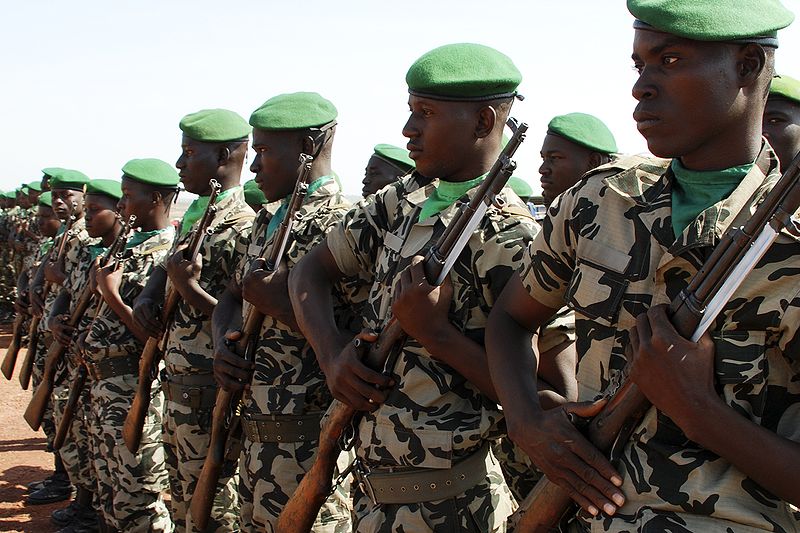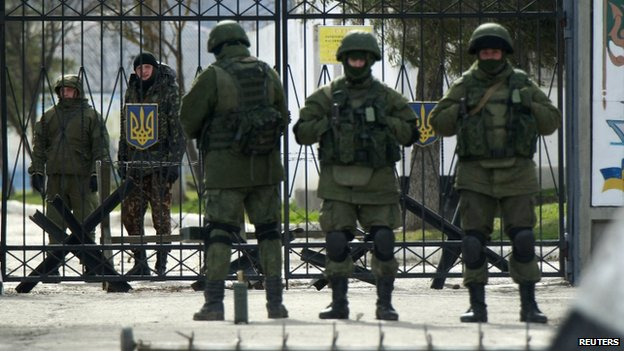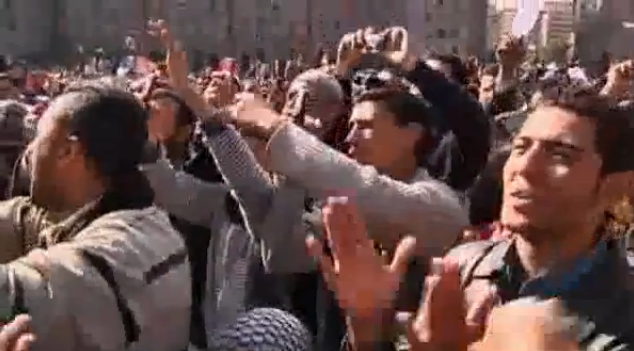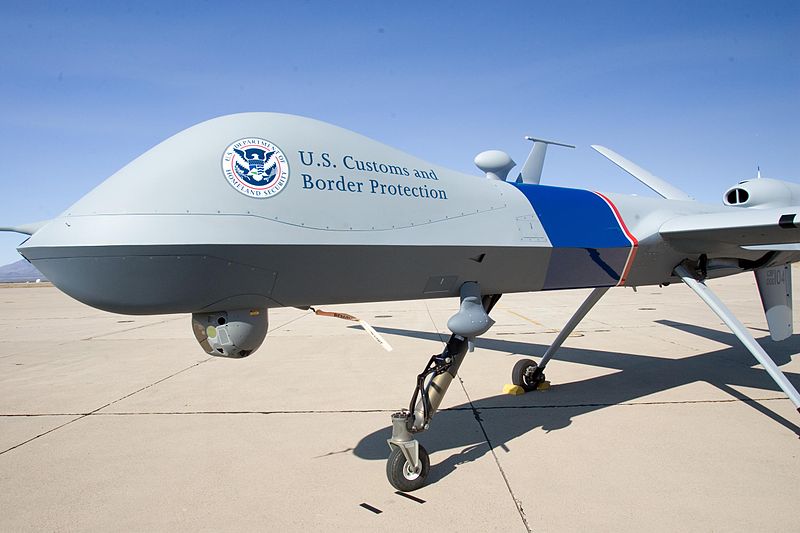
In the aftermath of its intervention to reinforce the African-led International Support Mission in Mali (AFISMA), France has launched Operation Barkhane. This apparently permanent military presence, consisting of some 3,000 French troops, will be headquartered in the Chadian capital of N’Djamena but is intended to operate across the borders of the Sahel region’s five countries: Burkina Faso, Chad, Mali, Mauritania, and Niger. The instability of this region could have wide-sweeping security implications both for West and Central Africa and for Southern Europe. Therefore, it is imperative that France ‘gets it right’ on Barkhane. But to what extent has France incorporated lessons learned from the International Security Assistance Force (ISAF) in Afghanistan? Should Canada model future counter-insurgency operations on Barkhane?
Although Barkhane was only deployed to the region in July 2014, it is already possible to identify several weaknesses in the French approach to counter-insurgency in the Sahel. According to much of the existing literature on counter-insurgency efforts, a ‘whole of country’ or even ‘whole of society’ approach is necessary in order to fully eliminate the threat of insurgency. However, Barkhane does not currently entail any state-building projects in the Sahelian host countries, as it is entirely a military operation. This constitutes a significant and perplexing departure from the experience in Afghanistan, where Provincial Reconstruction Teams were crucial to the long-term fight against the Taliban.
In fact, the format of Barkhane diverges from previous successful missions by France in the region. In the 1960s, French troops were deployed to Chad in order to counter the Front de Libération Nationale du Tchad (FROLINAT) and enjoyed considerable success by coupling aggressive military action against the rebels with state-building measures. For example, the French demanded that the Chadian regime decentralize budgetary powers to regional bodies, restore Muslim chieftains many of their original powers, and appoint a Cabinet that would be more religiously and ethnically inclusive. Although Chadian President Francois Tombalbaye would ultimately be removed from power by another rebel movement in the 1970s, the reforms pressed for by the French were widely popular and contributed to the downfall of FROLINAT.
This lack of an adequate state-building component may soon be addressed by French authorities. Although Barkhane was established primarily to seek out and destroy the vestiges of various Islamist groups that plunged Mali into civil war in 2012 – Ansar al-Dine, Al-Mourabitoun, and al-Qaeda in the Islamic Maghreb (AQIM) among others – a recent power struggle in Burkina Faso swept President Blaise Compaoré from power after more than 27 years of rule. This October 2014 coup stems more from widespread discontent within the Burkinabé military, which has protested for many years about wage conditions for non-commissioned personnel and junior officers, and is in no way similar to the aforementioned ouster of Tombalbaye in Chad. But if the military can be pressured by the African Union and other international actors to relinquish power, much as was seen in Mali, then France will certainly have a role to play in the financing and implementation of Burkina Faso’s first competitive election in decades. The election on its own, if administered properly, can be a powerful counter-insurgency tool as it legitimates the national government.

This might also be an opportunity for France to either restructure Barkhane or to deploy an additional mission to Burkina Faso that would adopt a civil-military structure similar to that of ISAF and the wider intervention in Afghanistan. After all, while elections are important to the legitimacy of the region’s national governments, the provision of basic services also helps to cut support for local insurgencies. Tuareg leaders native to northern Mali supported the Islamist insurgency in that country in part because their demands were ignored. These demands reportedly included a paved road, a second hospital, and better access to communications for remote communities. Working with Malian authorities, a kind of Provincial Reconstruction Team could install this basic infrastructure while securing it against attack by an increasingly desperate Ansar al-Dine.
All in all, the current plans for Barkhane do not inspire confidence and should not serve as a model for future Canadian participation in multilateral interventions. If anything, Barkhane seems too strongly focused on the short-term elimination of Islamist rebel leaders to achieve any long-term objectives in the Sahel. Yet the predecessor to Barkhane, Operation Épervier, does offer some useful lessons for both France and Canada. In response to Libyan aggression against Chad in 1986, France deployed approximately 2,500 troops to Chad. Beyond fighting the Libyans to a stalemate in the north of Chad, France facilitated a presidential election in the country in 1996 and facilitated the restructuring of the Chadian military from 40,000 poorly trained conscripts to approximately 25,000 well-trained professionals. In a very real sense, France utilized Épervier to address what it had failed to in the 1960s. As conflict emerged between the reformed Chadian government and neighbouring Sudan, Épervier was extended almost indefinitely, although the French military presence was significantly reduced after the 1996 election.
Épervier was precisely the ‘whole of society’ approach recommended for counter-insurgency operations. Although Chad certainly continues to experience security issues, it is now relatively well-positioned in Africa. For example, rather than being primarily a recipient of military aid, Chad is now an important contributor to AU operations, providing more than 1,800 troops to serve as the core of AFISMA. This was achieved even without the sophisticated structure of Provincial Reconstruction Teams, which could only enhance the effectiveness of Barkhane, especially given the geographic size and regional diversity of some of the countries to which it has been deployed, particularly Mali and Burkina Faso.




